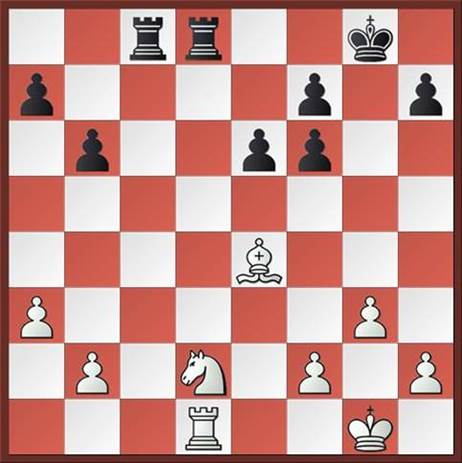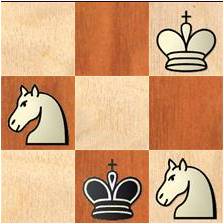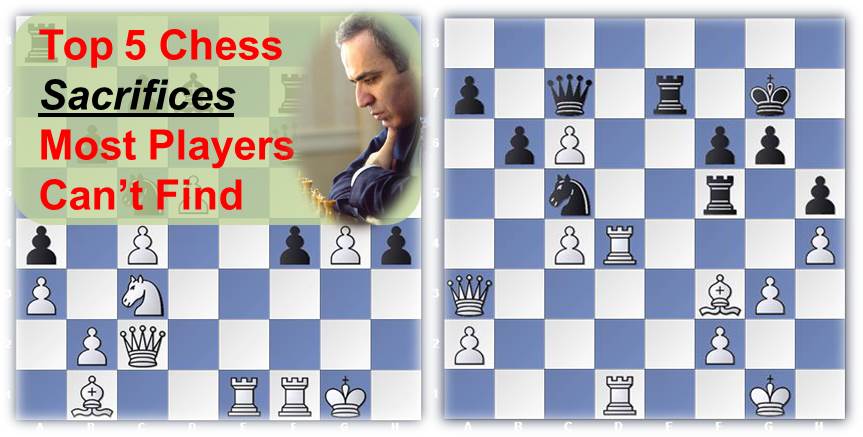Top 5 Classic Three-Movers Everyone Should Solve
A three-mover composition is often called the queen of chess problems. Two-movers are pretty easy to solve for experienced chess players, four and five-movers are too difficult for most players to handle. Therefore a three-mover is the most optimal (difficulty-wise) composition that can include all themes generated during past 150 years, the period of modern chess composition existence.
Today we present to our readers 5 three-movers to solve.
Instructions: In each of these positions White to Move and Mate in 3
Composition #1: K. Hannman (1955)

Composition #2: U. Bonn (1846)

Composition #3: P. Logen (1843)

Composition #4: F. Hilly (1855)

Composition #5: S. Loyd (1856)

If you want to solve more chess compositions I suggest checking out these:
Don’t forget to post your solution in the comment field below!
Updated 11.10.2023










Comments: